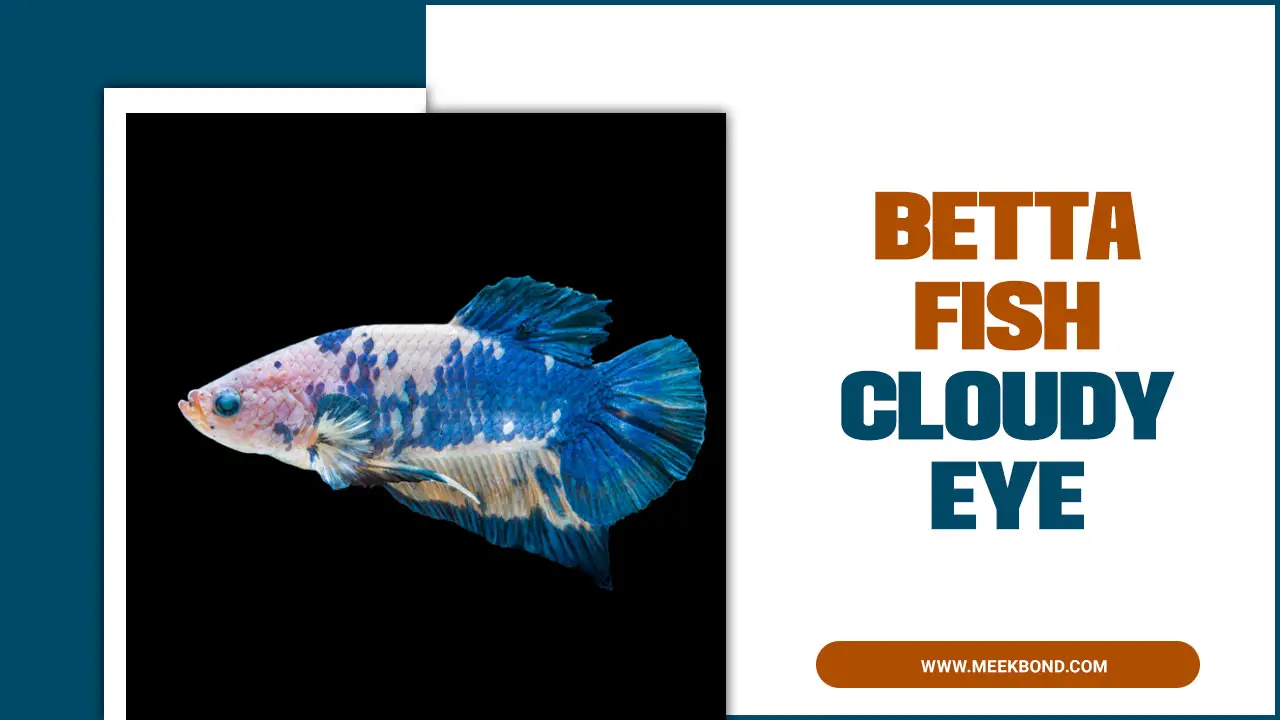Fish are diverse aquatic animals that come in all shapes, sizes, and colors. From the tiny guppy to the massive whale shark, fish can be found in nearly every body of water on Earth.
They play an important role in the food chain, serving as prey for larger marine animals and providing human sustenance. Fish are highly adaptable creatures, able to survive in a wide range of environments, from freshwater streams to the ocean’s depths. There is nothing quite like the taste of fresh, well-prepared fish.
Whether you’re a seasoned chef or just learning to cook, preparing fish can be intimidating. There’s the worry of undercooking it, overcooking it, or not knowing how to prepare fish for cooking it at all. We’ll cover everything you need to know about preparing fish for cooking.
From different methods of preparation to health benefits and spices that complement fillets perfectly. Whether you’re a seafood lover or new to cooking fish will help you create delicious meals that everyone will love.
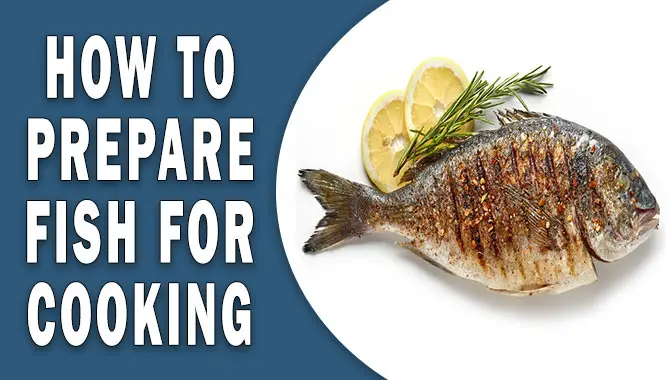
7 Steps How To Prepare Fish For Cooking
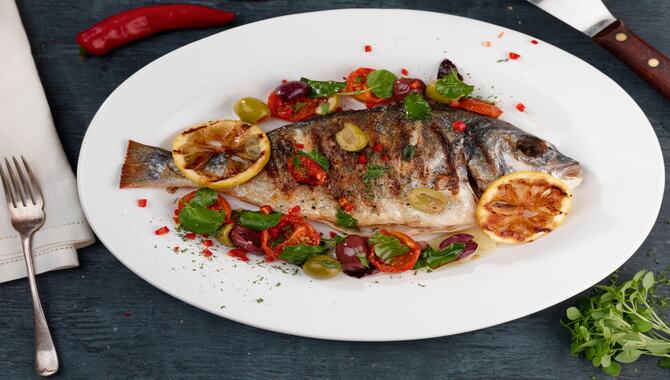
When it comes to cooking fish, there are a variety of options to choose from that can suit different tastes and cooking styles. Some popular types of fish for cooking include salmon, tuna, cod, halibut, and tilapia.
When selecting fish for cooking, it’s important to consider factors such as the flavor profile, texture, and nutritional value. Preparing fish for cooking may seem daunting, but with these 7 easy steps, you’ll be able to have a delicious and perfectly cooked meal in no time.
- Begin by cleaning the fish thoroughly under cold running water and pat it dry with paper towels.
- Use a sharp knife to remove the scales from the fish by scraping them off from tail to head.
- Make an incision down the belly of the fish and remove any internal organs.
- Rinse the inside of the fish with cold water and pat it dry again.
- Cut off the head and tail of the fish, if desired.
- Season the fish with salt, pepper, or any other desired spices.
- Lastly, drizzle some oil over the fish to prevent it from sticking to the pan or grill while cooking.
With these 7 simple steps, you’ll be well on your way to preparing a delicious and healthy meal that is perfect for any occasion.
Health Benefits Of Baking Fish
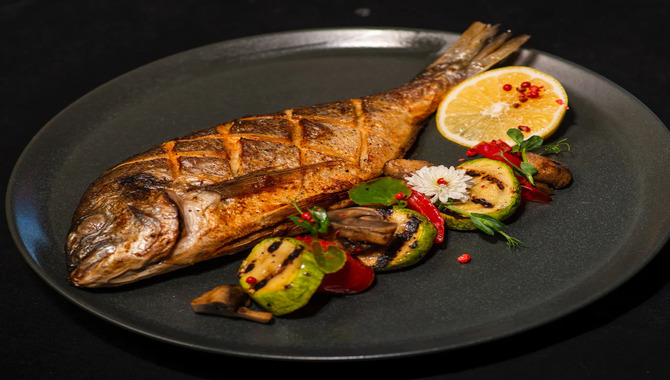
Looking for a healthy cooking method that provides many health benefits? Look no further than baking fish. Not only does it require little to no added fats (making it an excellent choice for those looking to maintain a healthy diet), but fish is also packed with protein and omega-3 fatty acids – among other nutrients – making it an essential part of any diet.
Plus, when you bake fish at high heat or on parchment paper with herbs and spices like dill or parsley (without adding excess salt or fat.), you’ll get all the flavor without sacrificing nutritional value. So next time you’re considering how to prepare fish for cooking – whether fresh fillets or whole fish like cod or tuna – give baking a try.
Knowing Which Spices Work Best With Fillet
Knowing which spices work best with fillet can take your cooking game to the next level. When it comes to seasoning this delicate cut of meat, less is often more. A simple blend of salt and pepper can bring out the natural flavors of the fillet without overpowering it. Additionally, spices like garlic powder or smoked paprika can add a smoky and savoury flavor to the fillet.
Whatever spices you choose, be sure to season both sides of the fillet evenly and let it rest for a few minutes before cooking to allow the flavors to penetrate the meat fully. With a little experimentation and some knowledge of spice pairing, you’ll be able to create delicious and flavorful fillet dishes that will impress even the most discerning palates.
The Importance Of Keeping Fish Cold
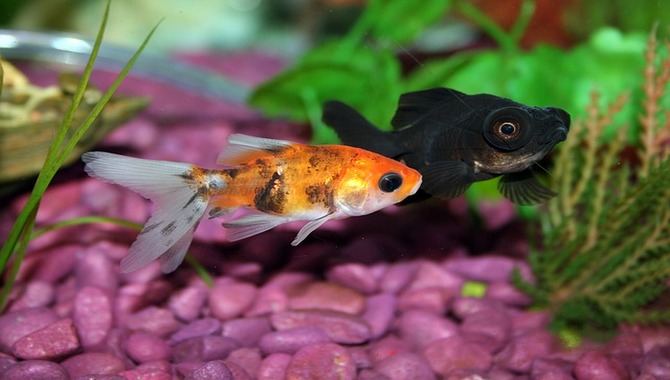
Keeping fish cold is crucial in maintaining its quality and safety for consumption. Fish is a highly perishable food product that needs to be stored. At the right temperature to prevent bacterial growth and spoilage. By keeping fish at a temperature of 32-39°F (0-4°C), the growth of bacteria is slowed down, which can extend the shelf life of the fish.
This is especially important for raw fish. Such as sushi or ceviche, where bacteria can quickly multiply if not kept at the appropriate temperature. In addition to preserving quality and safety, keeping fish cold helps maintain its flavor and texture, making it more enjoyable to eat.
It’s important to remember that once fish has been removed from refrigeration. It should be cooked or consumed within a short period of time to avoid any potential health risks.
Essential Facts On Poaching Fish

Poaching fish is a gentle and healthy method of cooking that involves simmering the fish in liquid. It is a particularly good choice for delicate fish like cod, salmon, or trout that can easily fall apart when cooked with other methods. Poaching allows the fish to cook slowly and retain moisture, flavour, and nutrients. To poach fish, place it in a pan with enough liquid to cover it and bring it to a simmer.
You can use water, broth, wine, or any other flavorful liquid as the poaching liquid. Poached fish can be served hot or cold with various sauces or seasonings. It is an easy and versatile way to enjoy the benefits of eating fish without having to worry about adding extra calories or unhealthy fats from oil or butter.
Buying And Storing Fish Properly
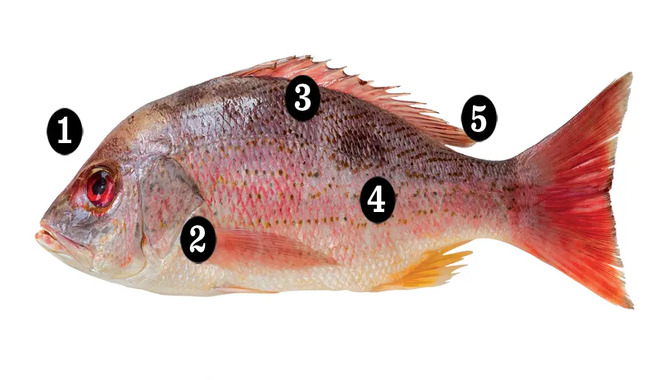
Properly buying and storing fish is crucial for ensuring that it stays fresh and safe to eat. When purchasing fish, look for clear eyes, firm flesh, and a fresh smell. If possible, buy it the same day you plan to cook it. Once you bring it home, store it in the coldest part of your refrigerator, ideally at a temperature between 32-39°F.
It’s important to use the fish within 1-2 days of purchase or freeze it for later use. When freezing fish, wrap it tightly in plastic wrap or foil and place it in an airtight container or freezer bag. Frozen fish can last up to 6 months in the freezer if stored properly. By following these tips, you can ensure that your fish stays fresh and delicious for your next meal.
Tips For Cooking Fish Perfectly
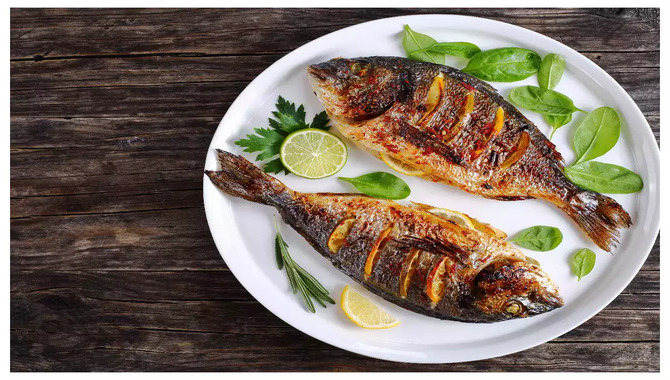
Cooking fish can be a bit tricky, but with the right tips and techniques, you can achieve perfectly cooked fish every time. Here are some tips to help you cook fish like a pro. By following these tips, you can cook delicious and perfectly cooked fish that will impress even the pickiest eaters.
- Choose the right type of fish. Different types of fish require different cooking methods, so it’s important to choose the right type of fish for your recipe.
- Preheat your pan or grill. This will help prevent the fish from sticking and ensure even cooking.
- Use high heat. Fish should be cooked quickly over high heat to prevent it from becoming dry and overcooked.
- Season generously. Don’t be afraid to use plenty of salt, pepper, herbs, and spices to enhance the flavor of your fish.
- Check for doneness. Fish is cooked when it flakes easily with a fork. Be careful not to overcook it, as this can result in dry and tough fish.
Conclusion
Preparing fish for cooking can seem daunting, but it can be an easy and enjoyable process with the right techniques and tools. Whether you’re a seasoned chef or just starting out, there are several steps you can take to ensure your fish is properly prepared and ready to cook. Every step is important in creating a delicious and healthy meal, from picking fresh fish to cleaning and deboning it.
Preparing fish for cooking can be daunting, but it doesn’t have to be. With the right tools and techniques, you can create delicious and healthy meals that impress your guests. From baking to poaching there are several methods to choose from.
It’s important to remember the health benefits of baking fish and which spices work best with fillets. Additionally, always make sure your fish is kept cold and fresh before cooking. By following these tips on how to prepare fish for cooking, you’ll be able to confidently handle any type of fish recipe that comes your way.
Frequently Asked Questions
Do You Need To Soak Fish Before Cooking?
Soaking fish is optional but can remove unwanted flavors or odours. Change cold water frequently, and adjust the soaking time based on the fish type and desired outcome. Ultimately, it’s up to personal preference, so try different methods to find what suits you.
Are You Looking For The Easiest Method For Cooking Fish?
Poaching is a simple and healthy way to cook fish, especially for delicate varieties. It requires minimal prep work and can be easily customized with different liquid and seasoning options. Give it a try. Baking and grilling are often simple options, but pan-frying and broiling also have their benefits. It’s worth trying different methods to discover which suits you best.
Are You Cooking Whole Fish Or Fish Fillets?
It’s important to consider whether you’re cooking whole fish or fish fillets, as the preparation method may vary. Whole fish may need scaling and gutting, while fillets require skinning or deboning. Take into account the recipe and type of fish when deciding which to use.
Should You Remove Fish Skin Before Cooking?
Whether to remove fish skin before cooking depends on personal preference and the type of fish. Leaving the skin can enhance flavor and texture, but tough or scaled skin may need removal. Delicate-skinned fish, like salmon, can be cooked with the skin on if preferred.
Is There Anything Else I Should Do When Handling Fish?
To handle fish properly, keep it refrigerated or on ice until cooking. Always wash hands and utensils before and after handling fish. Properly scale and gut whole fish. Consider marinating or seasoning for flavor enhancement.

Aquarium passion is all about connecting with the aquatic life and providing education to the public on the importance of these creatures. We showcase a wide variety of marine life through our exhibits as well as working with schools to provide unique learning opportunities for students of all ages.



